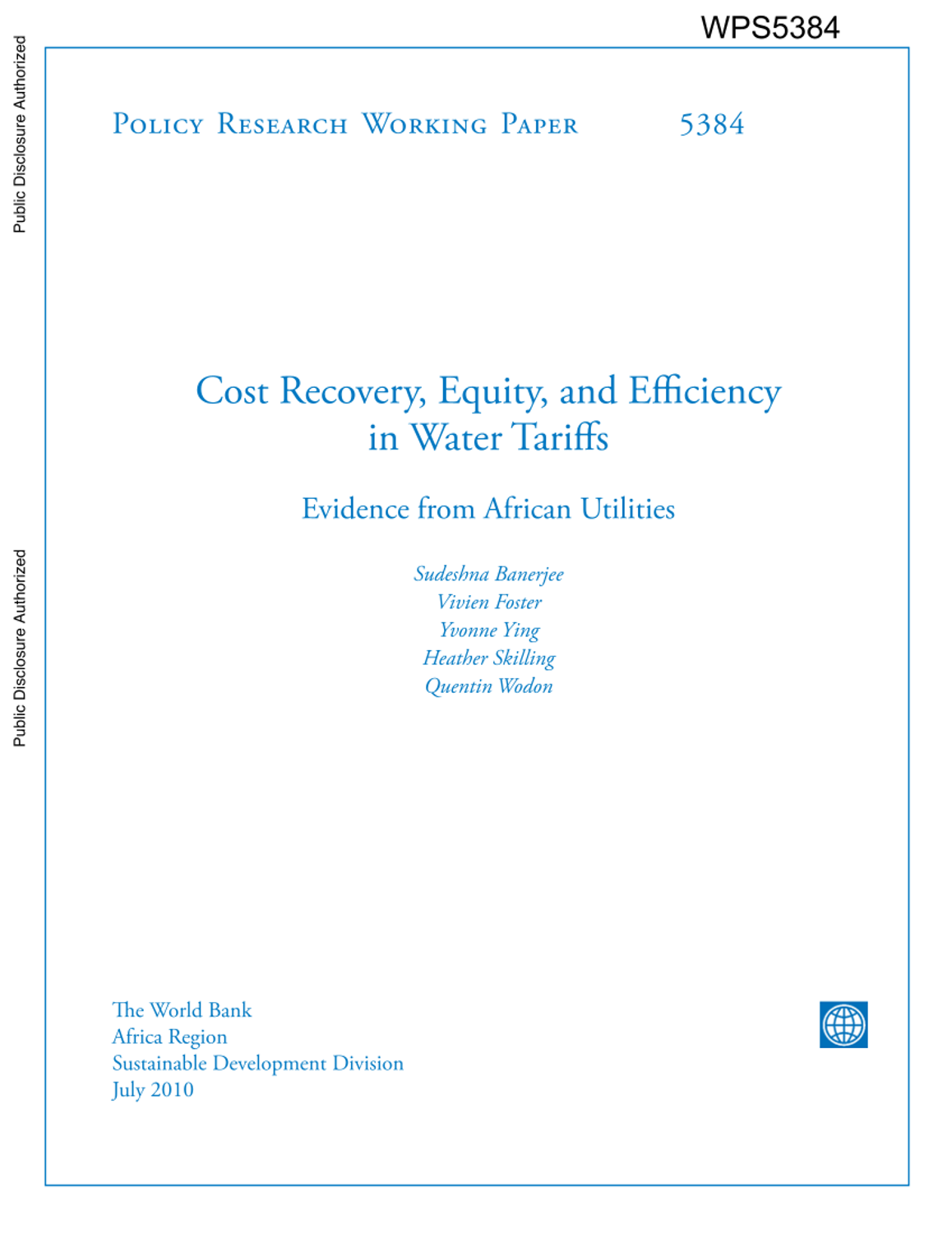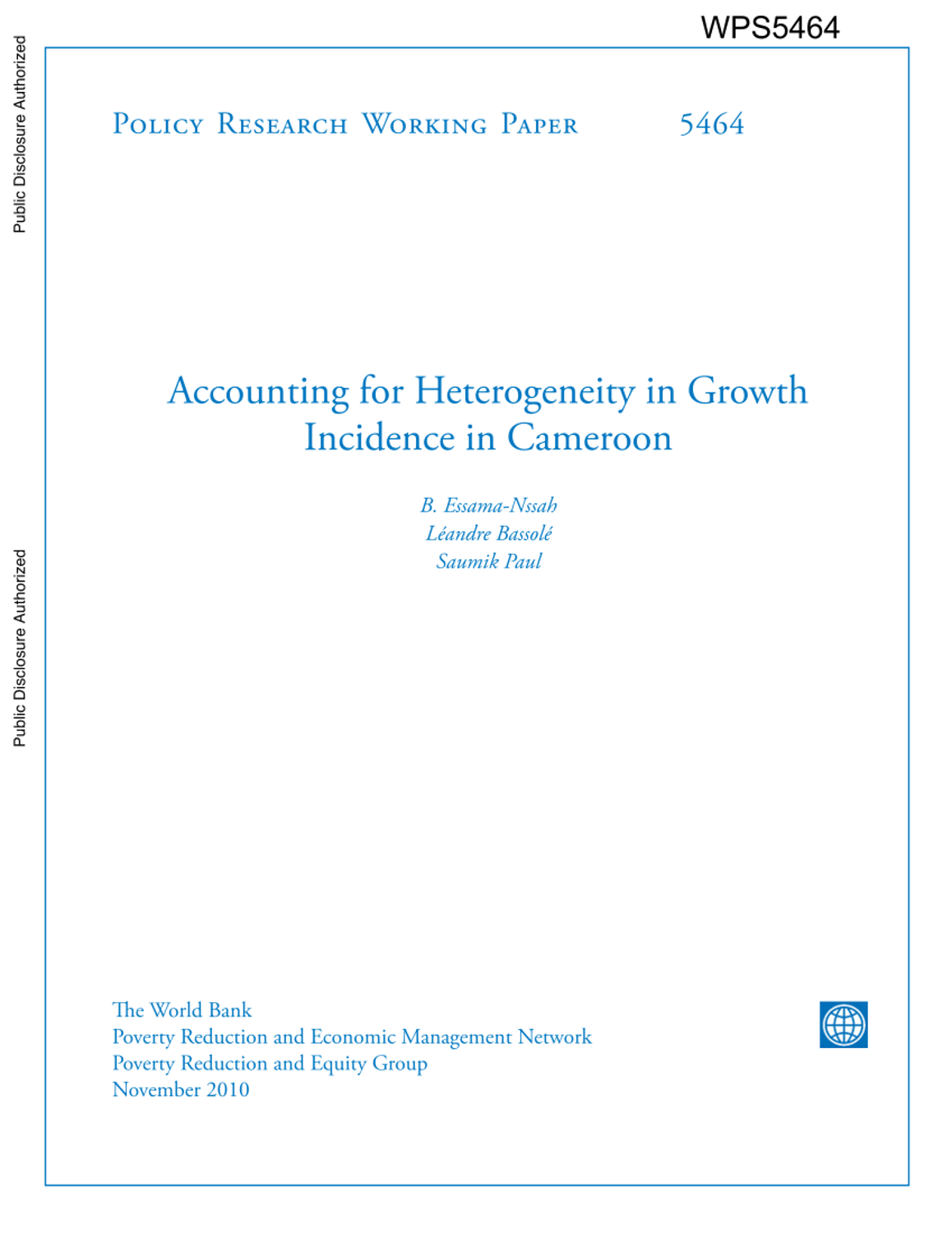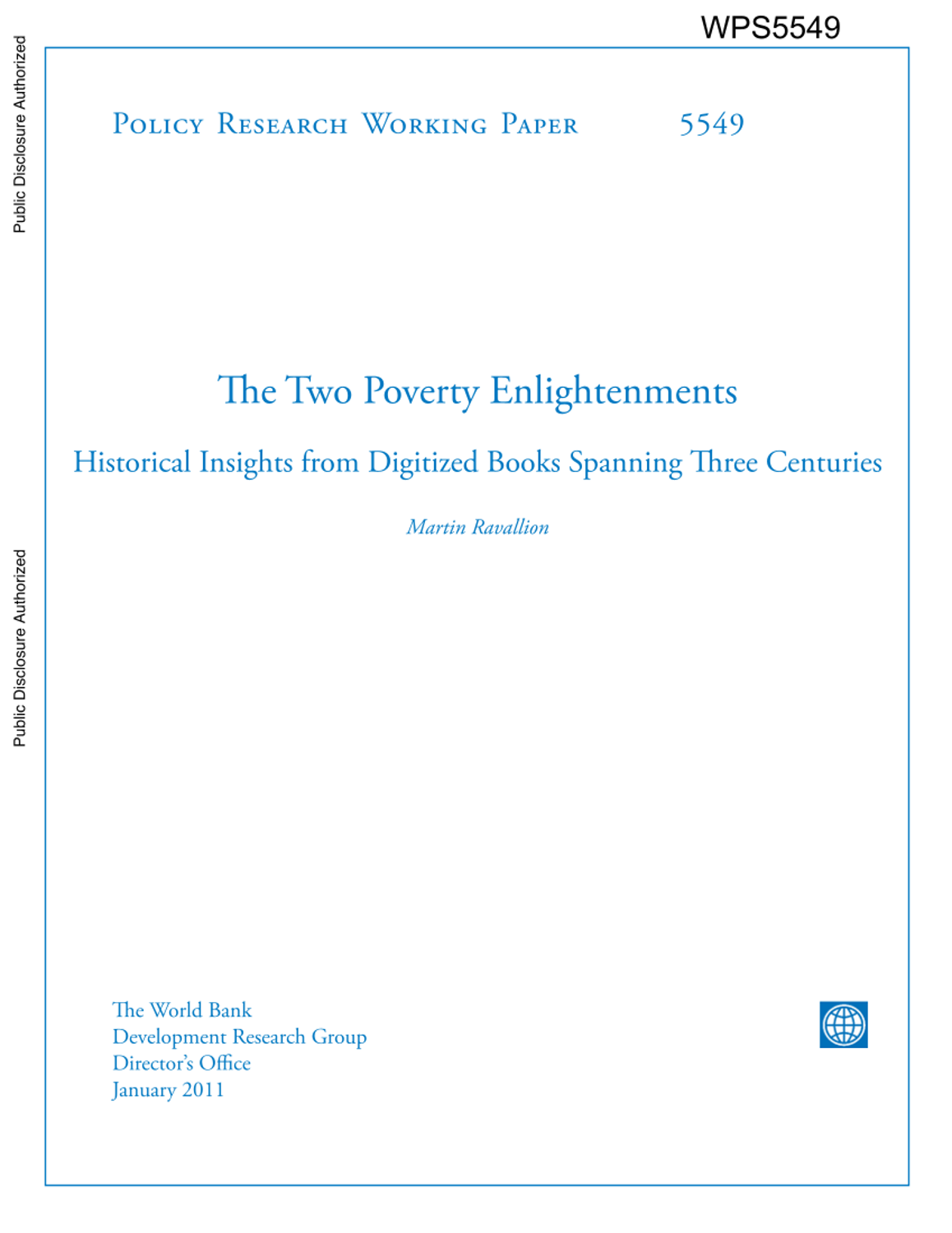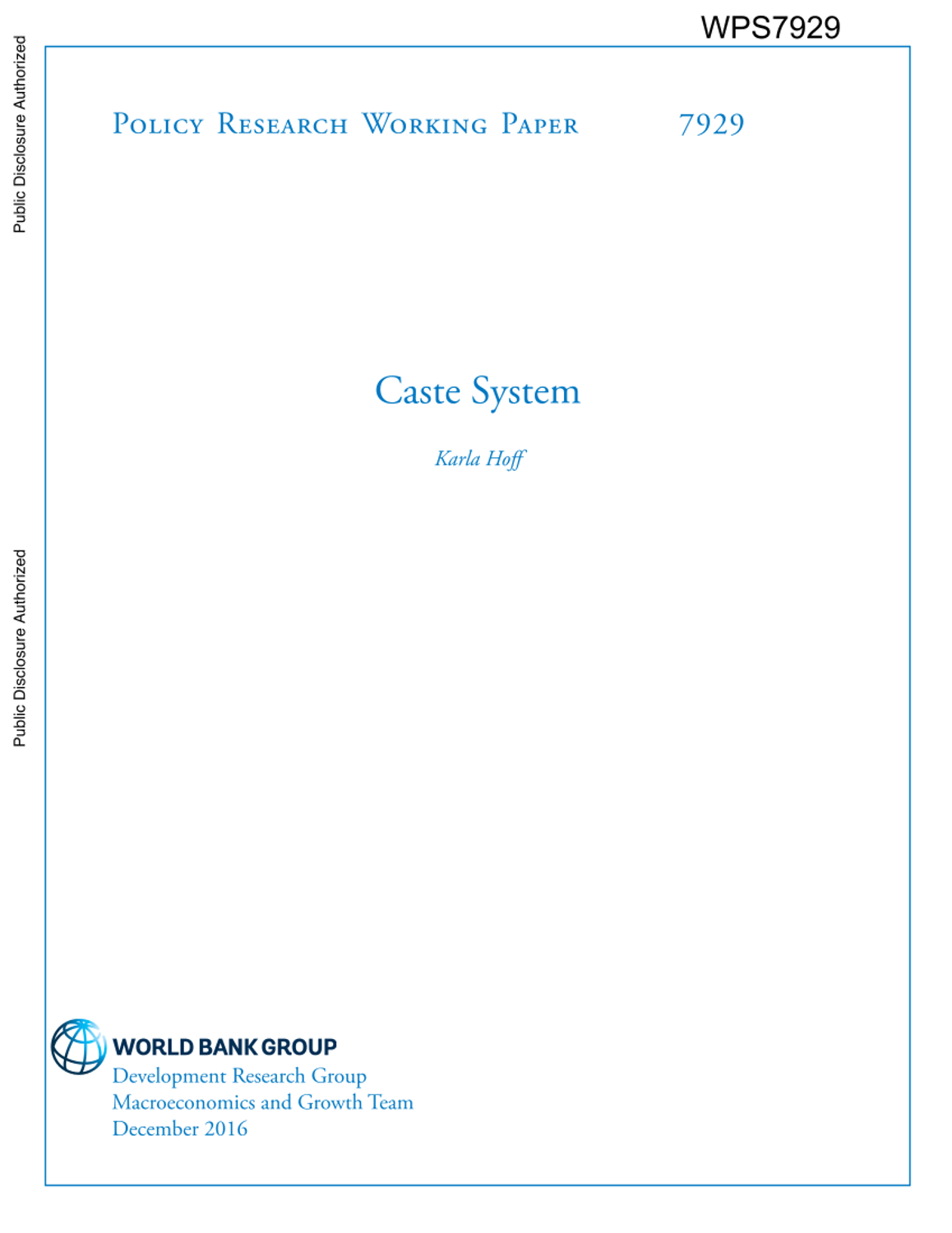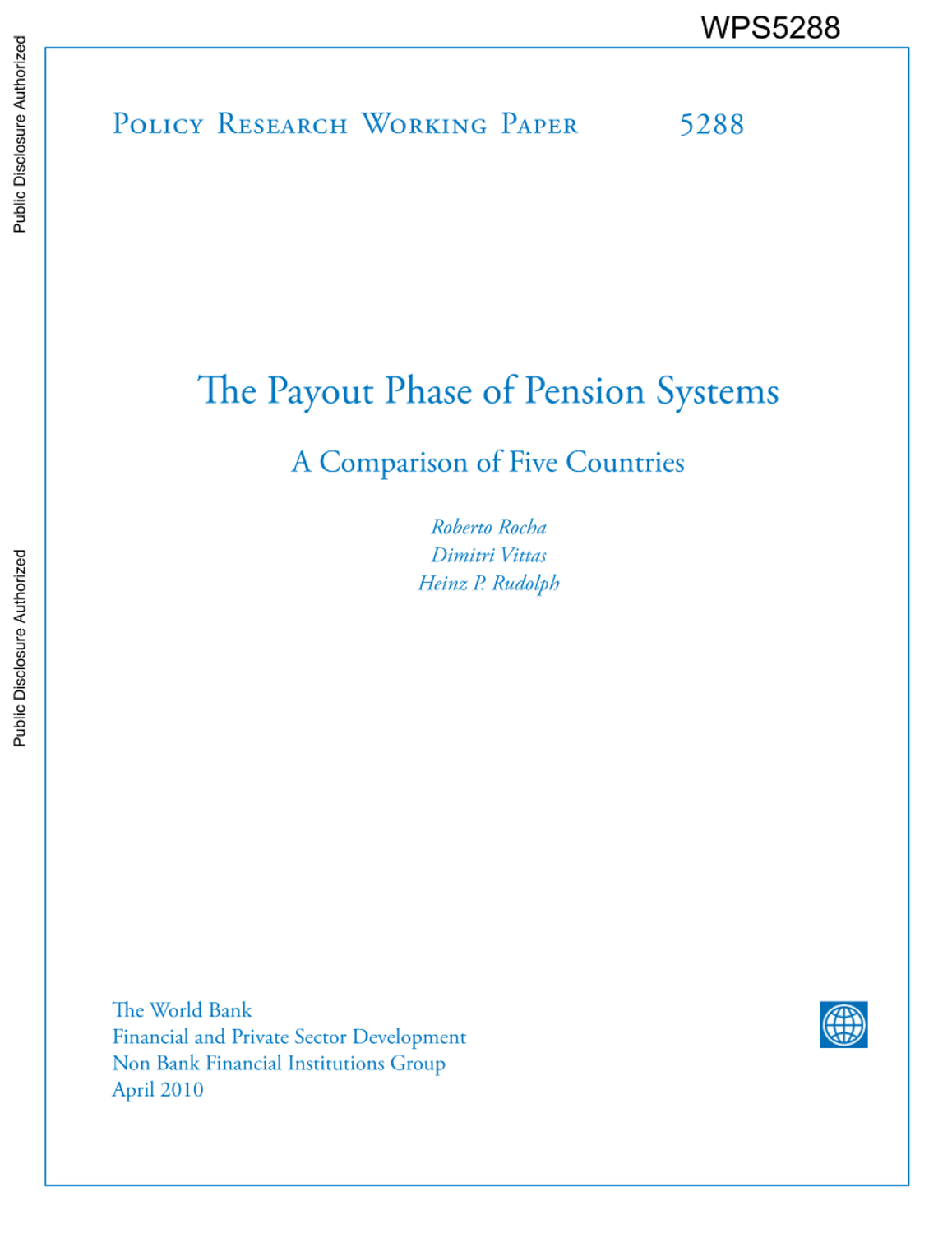연구보고서World Bank Policy Research Working Paper 5913
Labor institutions and their impact on shadow economies in Europe
- 청구기호
- WPS 5913
- 발행사항
- Washington,D.C : World Bank, 2011
- 형태사항
- 49 p. :. PDF file ;. 2953 KB
- 바로가기
소장정보
| 위치 | 등록번호 | 청구기호 / 출력 | 상태 | 반납예정일 |
|---|---|---|---|---|
이용 가능 (1) | ||||
| E0001156 | 대출가능 | - | ||
이용 가능 (1)
- 등록번호
- E0001156
- 상태/반납예정일
- 대출가능
- -
- 위치/청구기호(출력)
책 소개
This paper analyzes the role of labor market institutions in explaining the development of shadow economies in European countries. The analysis uses several alternative measures of the shadow sector, and examines the effects of labor institutions on the shadow sector in two specific regions: new and old European Union member countries, as their respective shadow sectors exhibited a different development in the past decade. Although the share of the shadow economy in gross domestic product averaged 27.5 percent in the new member countries in 1999-2007, the respective share in the old member states stood at 17.9 percent. The paper estimates the effects of labor market institutions on two sets of shadow economy indicators -- shadow production and shadow employment. Comparing alternative measures of the shadow sector allows a more granulated analysis of labor market institution effects. The results indicate that the one institution that unambiguously increases shadow economy production and employment is the strictness of employment protection legislation. Other labor market institutions -- active and passive labor market policies, labor taxation, trade union density, and the minimum wage setting -- have less straightforward and statistically robust effects and their impacts often diverge in new and old European Union member countries. The differences are not robust enough, however, to allow for rejecting the hypothesis of similar effects of labor market institutions in new and old European Union member states.



